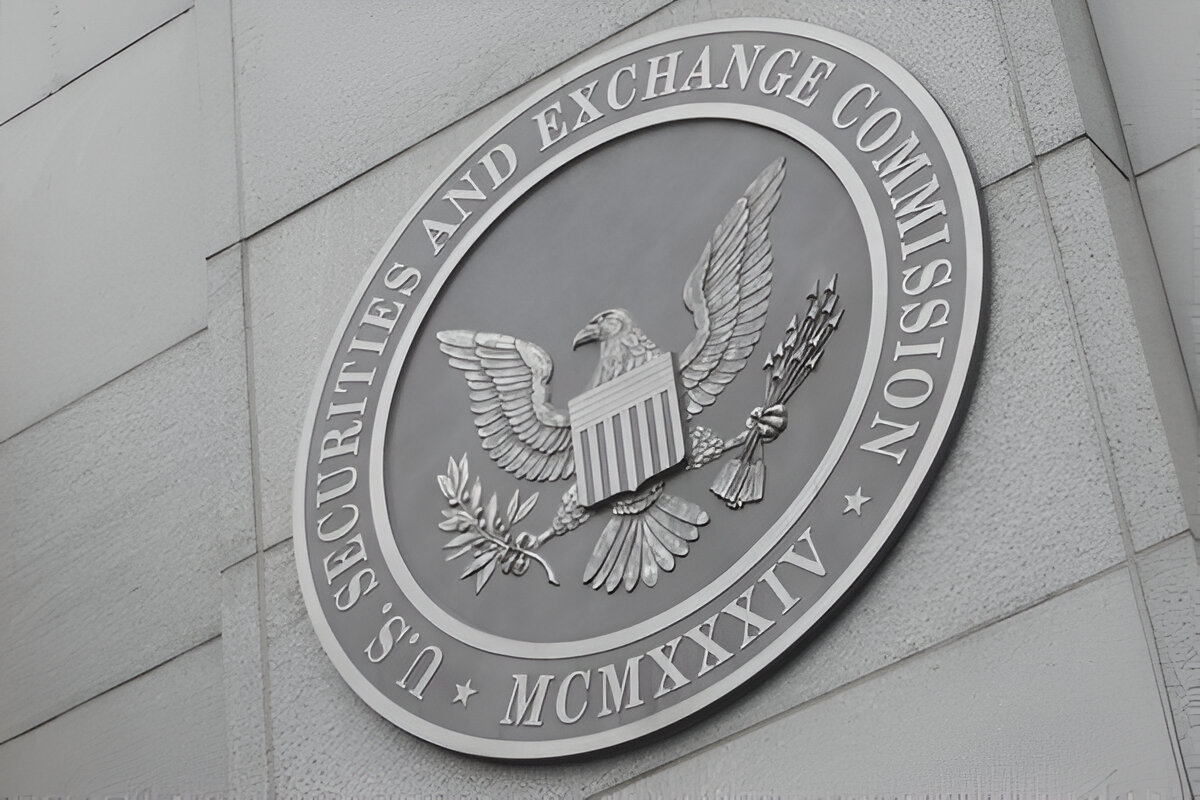A Section 1031 Exchange is a like-kind exchange. Before the new tax law, if you had anything classified as property, you could exchange that property for property that was like-kind, and avoid the capital gains tax on the transactions. There were so many different ways to pull off these exchanges, to go into them, would take up this entire article.
Before the Tax Cuts and Jobs Act of 2017, if you were a business owner that was selling the assets of your business, with the goal of buying the assets of another business, you would simply find a qualified intermediary[1]. When you closed on the first property, the qualified intermediary would constructively receive the proceeds. You would then have 45 days to identify up to three replacement properties, and take possession of one of the three in 180 days, or the due date of the tax return, including extensions. This whole process would avoid capital gains on the sale of the assets.
Here is why tax law is the way it is. A 1031 exchange could be done with any item that the IRS deemed as property. For example, in order not to legitimize cryptocurrency as currency, in 2014, the IRS issued guidance that crypto was to be treated like property. Now we have a loophole. When you exchange one coin or token[2], for another coin or token, then that was a taxable event. However some savvy accountants, used the property rules to their advantage, and instead of paying tax on the exchange of a coin or token for another coin or token, they would do 1031 exchanges, thus avoiding any taxation. A 1031 exchange could be accomplished with any item that the IRS deemed as property, with some very limited exceptions. The new tax law stopped that practice in its tracks, by stating that a 1031 Exchanges could only be done with real estate.
Now 20 years ago when I learned about 1031 exchanges, I thought that they could only be done with real estate anyway. However, the more I learned, the more I realized that it applied to most property, and that opened my eyes, and saved my clients hundreds of thousands of money in tax dollars through the years.
Since we are discussing 1031 exchanges, let’s talk a little more about the rules. A true 1031 exchange, is when two parties sit at the closing table, and each signs over their deed to the other party. However, in 24 years, I have never seen that happen. With a 1031 exchange, if the selling party constructively receives the proceeds from the sale in anyway, then the transaction is taxable. Enter the qualified intermediary. The check or wire that is issued for the proceeds are issued to the qualified intermediary. As the seller you have 45 days to identify three properties for the exchange. Why three? Because deals fall through. After identification, you have 180 days, or the due date of the tax return, plus extensions to complete the exchange. If you fail at any of these rules the 1031 exchange falls through, and you are liable for capital gains tax.
Now a word of caution. In the realm of a 1031 exchange a qualified intermediary is not licensed or regulated. In the early 2000’s there were horror stories of these intermediaries stealing the money that they were supposed to be escrowing. The point is, that this still goes on today, just to a lesser extent. Pick your intermediary wisely.
In a perfect world, when doing a 1031 exchange, the cost of the replacement property would be the same as the initial property, there would be no mortgages involved, and it would all be sunshine, lollipops, and rainbows. I’m not going to go into the intricacies of all of the different exchanges, because that would take forever, and would bore even me. However, in the real world you can exchange one property without a mortgage, and receive proceeds of $100,000, then exchange that into another property that costs $80,000. You can either have a taxable gain of $20,000, or you have something called boot.
The crypto loophole aside, a 1031 exchange was a perfect tool for a business owner that was selling their assets, and using the proceeds to invest in the assets of another company. That is now gone.
[1] A qualified intermediary in the realm of Section 1031 is anyone except your accountant or attorney
[2] Coin and token are slang terms for cryptocurrency
Thanks for reading CPA Practice Advisor!
Subscribe Already registered? Log In
Need more information? Read the FAQs
Tags: Digital Currency




